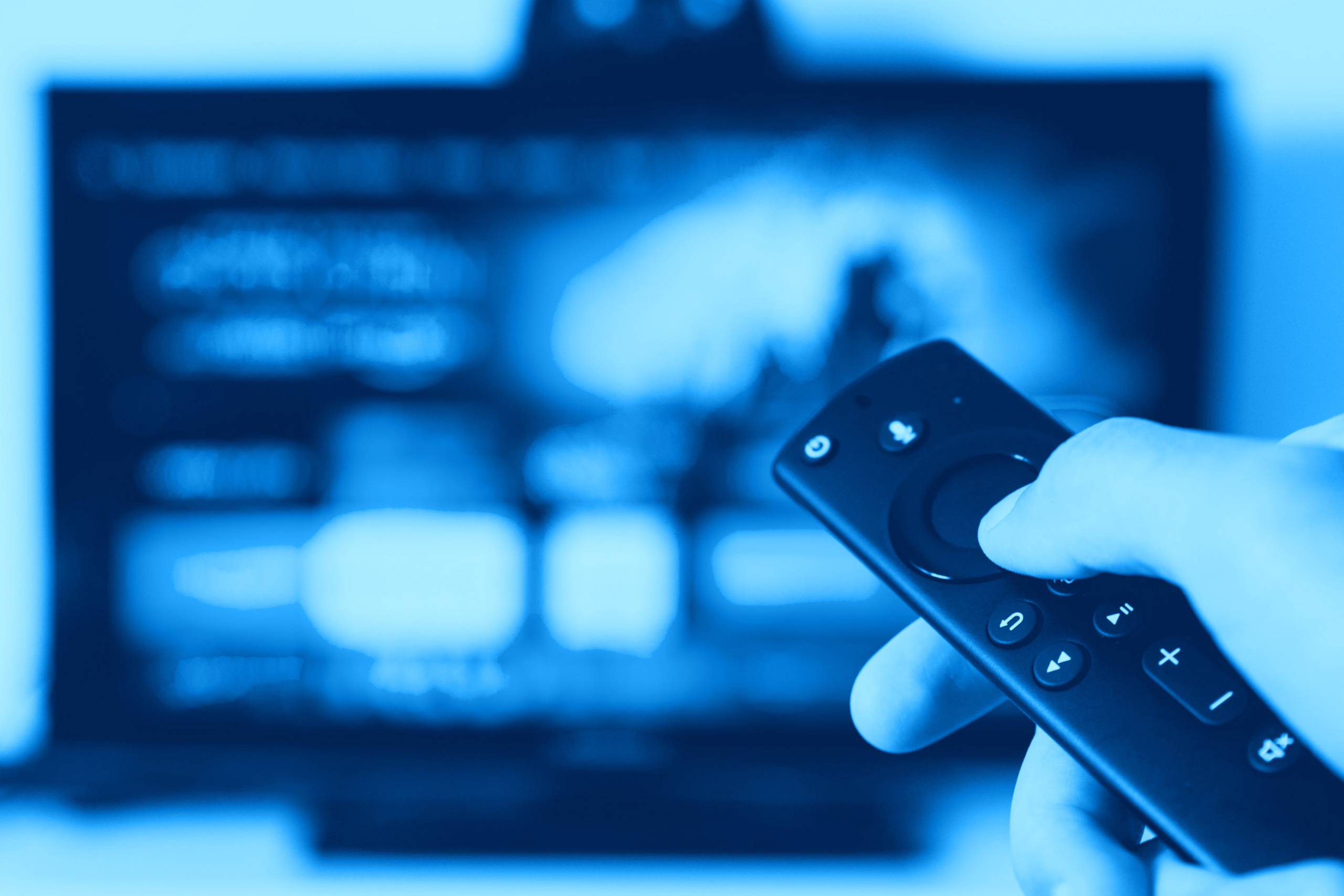How Netflix is using data to drive connection and develop content

We recently launched†The Most Connected Brands Index†to help businesses and brands understand how they are connecting with consumers and provide them with ways to improve. Chris Owen, Director at M&C Saatchi PR, helped contribute to the report:
When considering the fundamental consumption shift in TV viewing (from a linear, ?what?s on now?? model of old, to a ?what do I want to watch, when?? model of today), there?s one dominant brand leading the charge: Netflix.
The figures behind the globalisation of the brand are staggering. In March this year, it was announced it
intends to put USD$8bn behind non-sports content ? marginally more than Disney with USD$7.8bn. In doing so, while initially a streaming platform, Netflix has become a studio in its own right ? and with it, comes the brand allegiance that is driving the company to becoming one of the most valuable in the entertainment and technology sectors.
A large part of the success is down to its adoption of a far more targeted approach than previous broadcasters knew possible, through innovative analysis of the vast volumes of data it holds on its customers. This has marked the business model out from the competition. Instead of predominantly investing heavily in a few stellar titles in the hope they offset costs (as others have done historically), Netflix commissions and acquires a long tail of cheaper content by knowing its audience better than any other streaming service. In doing so, it can micro-target programming (whilst simultaneously investing in high profile series and monetising these ? the best of both worlds).
This targeting works by understanding which, say, 200,000 of its global millions of subscribers might
like a specific programme and then pushing this as a recommendation on-screen. A high-percentage return from a smaller target base brings in better experience than a mass broadcast with a low, single-digit return. Subsequently, the consumer experience is second to none. The customer gets exactly what they want and by further exploring and watching new content, Netflix can continually refine its targeting. It?s a win-win.
Not only this, but in another fundamental shift from traditional programming, which relied on repeat viewer visits for advertising revenue (in the form of a multi-week, same-day, same-slot model), Netflix is dropping entire box sets on release. It understands the consumer appetite and, arguably, in responding to, it is helping to fuel the cycle of behavioural change in viewing habits. People don?t want to wait eight weeks now to watch a series ? Generation Binge wants it all, and they want it now. We?ve turned into a TV equivalent of Veruca Salt and Netflix understands this.
Combining smart use of technology and a customer-first approach to scheduling, Netflix has not only changed the rules in terms of viewing behaviour, but is beginning to break the stranglehold of the major studios.
Chris Owen, Director, M&C Saatchi PR





